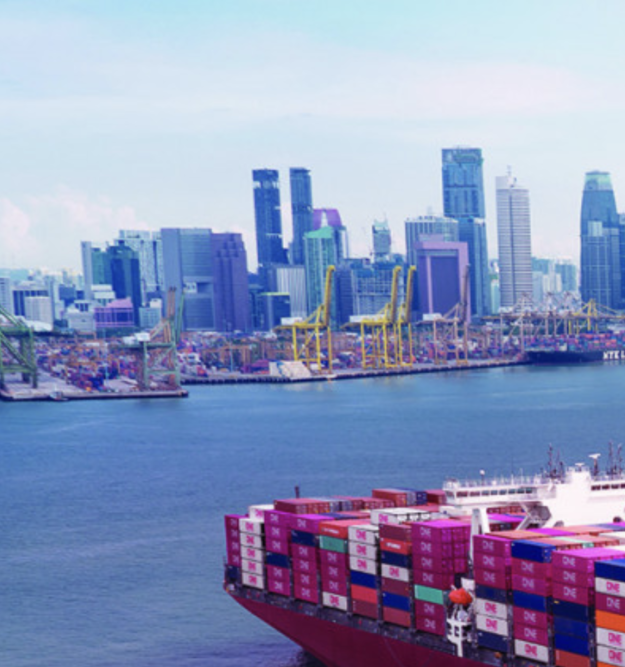Contract talks with East Coast port workers face September expiration date
Freight groups are eyeing alternate routes in case a strike occurs

Freight sector analysts are keeping a wary eye on fractious contract negotiations playing out between cargo workers and port managers on the U.S. East Coast as a dockworkers’ contract is set to expire at the end of September.
Talks are ongoing between the International Longshoremen’s Union (ILU) and the United States Maritime Alliance (USMX), which represents employers of the maritime industry in ports from Maine to Texas. The stakes are high, because the ILU calls itself the largest union of maritime workers in North America, representing upwards of 65,000 longshoremen on the Atlantic and Gulf Coasts, Great Lakes, major U.S. rivers, Puerto Rico, Eastern Canada, and the Bahamas.
The USMX says that it and its predecessor organizations have successfully negotiated 10 new contracts with the ILA since 1977, without a coast‐wide work stoppage. But with the current deal set to expire in six months, freight carriers and shippers are beginning to play closer attention to that record.
For example, in a note to investors, Susquehanna International Group (SIG) today said that the intermodal sector is also seeing those effects, as “Western rails should continue to see accelerating benefit from East Coast labor contracts set to expire September, creating West Coast share shift.”
Likewise, the freight booking and payment platform Freightos said in an email update that “concerns over the looming October deadline for the East Coast and Gulf port worker union and port operators to reach an agreement may pull some demand to the earlier months of peak season this year or shift some volumes to the West Coast.”
And in a March 18 briefing, Port of Los Angeles Executive Director Gene Seroka said the change had already begun. Asked if he had seen a shift of cargo flows from the U.S. East Coast to the West Coast in reaction to uncertainty around the Red Sea, Panama Canal, and East Coast labor talks, he said that he had. “We’re starting to see companies talk about shifting 2, 3, 5% of their business to different gateways to diversity a little bit,” Seroka said, noting that the Port of Los Angeles had enough spare capacity to absorb that change.
Related Articles

Copyright ©2024. All Rights ReservedDesign, CMS, Hosting & Web Development :: ePublishing